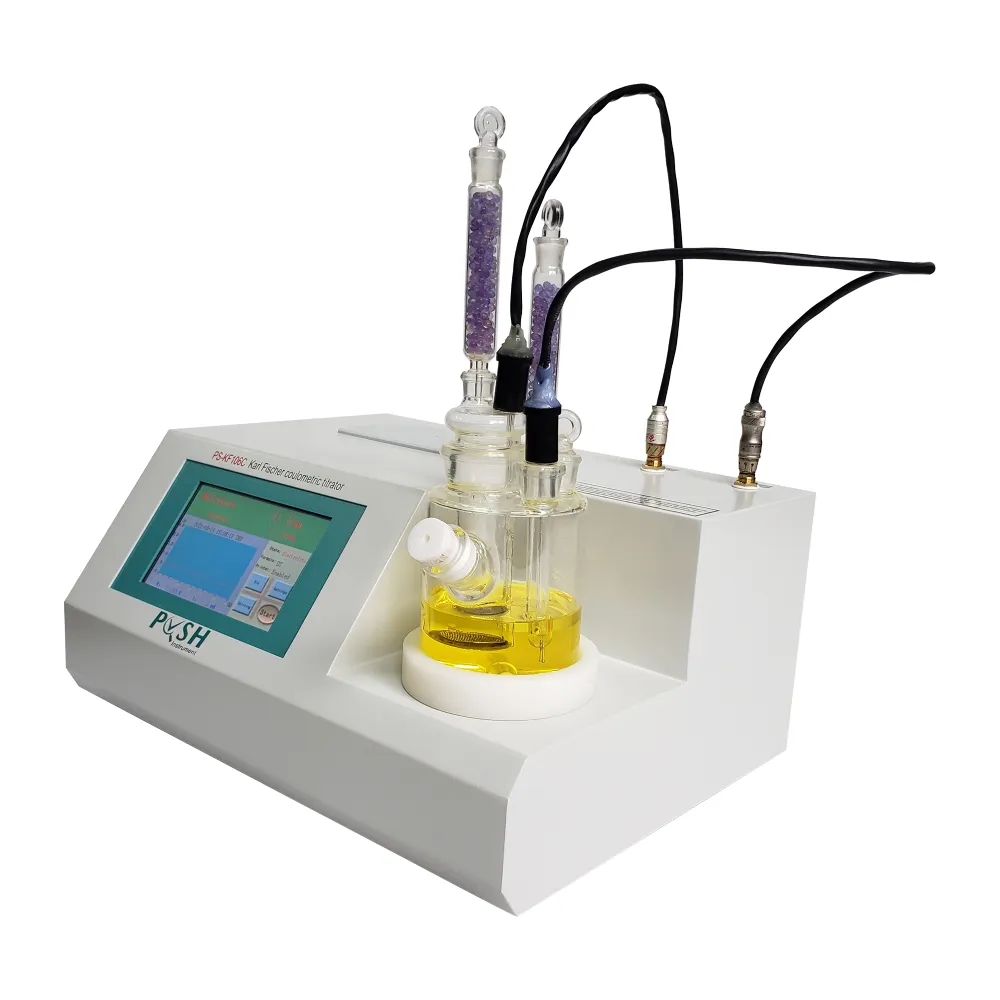 English
English



-
 Afrikaans
Afrikaans -
 Albanian
Albanian -
 Amharic
Amharic -
 Arabic
Arabic -
 Armenian
Armenian -
 Azerbaijani
Azerbaijani -
 Basque
Basque -
 Belarusian
Belarusian -
 Bengali
Bengali -
 Bosnian
Bosnian -
 Bulgarian
Bulgarian -
 Catalan
Catalan -
 Cebuano
Cebuano -
 China
China -
 China (Taiwan)
China (Taiwan) -
 Corsican
Corsican -
 Croatian
Croatian -
 Czech
Czech -
 Danish
Danish -
 Dutch
Dutch -
 English
English -
 Esperanto
Esperanto -
 Estonian
Estonian -
 Finnish
Finnish -
 French
French -
 Frisian
Frisian -
 Galician
Galician -
 Georgian
Georgian -
 German
German -
 Greek
Greek -
 Gujarati
Gujarati -
 Haitian Creole
Haitian Creole -
 hausa
hausa -
 hawaiian
hawaiian -
 Hebrew
Hebrew -
 Hindi
Hindi -
 Miao
Miao -
 Hungarian
Hungarian -
 Icelandic
Icelandic -
 igbo
igbo -
 Indonesian
Indonesian -
 irish
irish -
 Italian
Italian -
 Japanese
Japanese -
 Javanese
Javanese -
 Kannada
Kannada -
 kazakh
kazakh -
 Khmer
Khmer -
 Rwandese
Rwandese -
 Korean
Korean -
 Kurdish
Kurdish -
 Kyrgyz
Kyrgyz -
 Lao
Lao -
 Latin
Latin -
 Latvian
Latvian -
 Lithuanian
Lithuanian -
 Luxembourgish
Luxembourgish -
 Macedonian
Macedonian -
 Malgashi
Malgashi -
 Malay
Malay -
 Malayalam
Malayalam -
 Maltese
Maltese -
 Maori
Maori -
 Marathi
Marathi -
 Mongolian
Mongolian -
 Myanmar
Myanmar -
 Nepali
Nepali -
 Norwegian
Norwegian -
 Norwegian
Norwegian -
 Occitan
Occitan -
 Pashto
Pashto -
 Persian
Persian -
 Polish
Polish -
 Portuguese
Portuguese -
 Punjabi
Punjabi -
 Romanian
Romanian -
 Russian
Russian -
 Samoan
Samoan -
 Scottish Gaelic
Scottish Gaelic -
 Serbian
Serbian -
 Sesotho
Sesotho -
 Shona
Shona -
 Sindhi
Sindhi -
 Sinhala
Sinhala -
 Slovak
Slovak -
 Slovenian
Slovenian -
 Somali
Somali -
 Spanish
Spanish -
 Sundanese
Sundanese -
 Swahili
Swahili -
 Swedish
Swedish -
 Tagalog
Tagalog -
 Tajik
Tajik -
 Tamil
Tamil -
 Tatar
Tatar -
 Telugu
Telugu -
 Thai
Thai -
 Turkish
Turkish -
 Turkmen
Turkmen -
 Ukrainian
Ukrainian -
 Urdu
Urdu -
 Uighur
Uighur -
 Uzbek
Uzbek -
 Vietnamese
Vietnamese -
 Welsh
Welsh -
 Bantu
Bantu -
 Yiddish
Yiddish -
 Yoruba
Yoruba -
 Zulu
Zulu
kinematic viscosity measurement
Kinematic Viscosity Measurement An Overview
Kinematic viscosity is a crucial property in the study of fluid dynamics, as it describes the internal friction of a fluid when it is in motion. It is defined as the ratio of dynamic viscosity to fluid density and is expressed in units of square meters per second (m²/s) or more commonly in centistokes (cSt). Accurate measurement of kinematic viscosity is essential in various industries, such as petrochemicals, food processing, pharmaceuticals, and environmental monitoring.
There are various methods for measuring kinematic viscosity, each with its benefits and limitations. The most traditional approach involves the use of a viscometer, specifically a capillary viscometer, which operates on a relatively simple principle. The fluid flows through a thin, elongated tube, and the time it takes for a predetermined volume of liquid to pass through is recorded. This time is directly related to the viscosity of the fluid, with longer transit times indicating higher viscosity.
One of the most common types of capillary viscometers is the Ubbelohde viscometer. This device utilizes a U-shaped tube and requires a specific temperature range to ensure that viscosity measurements are consistent and reliable. Temperature control is crucial, as viscosity can vary significantly with temperature. Therefore, Ubbelohde viscometers are often placed in water baths maintained at a constant temperature to mitigate this effect.
Another method for measuring kinematic viscosity is by using rotational viscometers. These devices measure the torque required to rotate an object at a known speed in the fluid. While this method directly measures dynamic viscosity, it can be converted into kinematic viscosity by accounting for fluid density. Rotational viscometers tend to be more versatile than capillary viscometers, as they can handle a wider range of viscosity levels and are less susceptible to operator error.
kinematic viscosity measurement

In recent years, advancements in technology have led to the development of automated viscometers, which provide high-throughput measurement capabilities. These instruments minimize human error and can provide real-time data on viscosity, making them particularly valuable in quality control processes within manufacturing. Automated systems may use either capillary or rotational methods but typically feature integrated heating systems for precise temperature control.
The accuracy and precision of kinematic viscosity measurement are influenced by several factors, including the sample's temperature, the fluid's pressure, and the potential presence of impurities. Therefore, to ensure reliable measurements, it is necessary to prepare samples carefully. Filters may be used to remove solid particulates, and the samples should be conditioned at the desired temperature before measurement.
Standards for kinematic viscosity measurements are established by organizations such as ASTM International and ISO. These standards provide guidelines on test methods, equipment calibration, and quality control procedures, ensuring that measurements are comparable across different laboratories and industries.
In conclusion, the measurement of kinematic viscosity is vital for the understanding and practical application of fluid dynamics across multiple sectors. With various methodologies available, including traditional capillary viscometers and modern automated systems, scientists and engineers can accurately determine the viscosity of fluids under a wide range of conditions. As industries continue to evolve and pursue higher efficiency and quality control, precise kinematic viscosity measurement will remain a cornerstone of fluid analysis, guiding innovations and maintaining standards in product performance.
-
Ensuring SF₆ Gas Safety: Introducing PUSH’s Integrated SF₆ Analyzer for Dew Point, Purity, and Decomposition MonitoringNewsJul.10,2025
-
Exploring the Main Types of Industrial Endoscopes and Their Applications Across IndustriesNewsJul.04,2025
-
Testing Equipment Industry Sees Major Advancements in 2025: Smart & Precision Technologies Lead the WayNewsJun.06,2025
-
Applications of Direct Current Generators in Renewable Energy SystemsNewsJun.05,2025
-
Hipot Tester Calibration and Accuracy GuidelinesNewsJun.05,2025
-
Digital Circuit Breaker Analyzer Features and BenefitsNewsJun.05,2025



